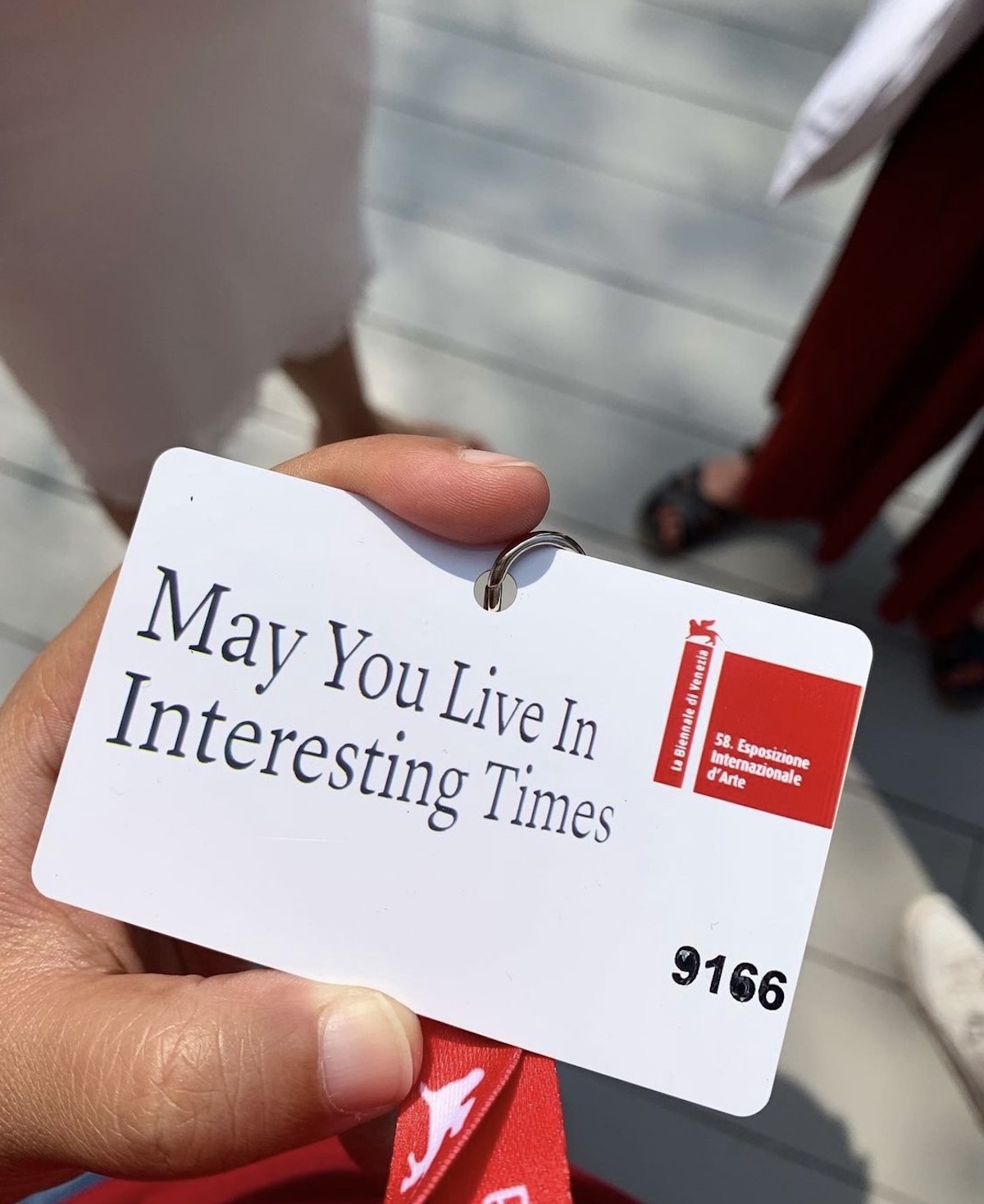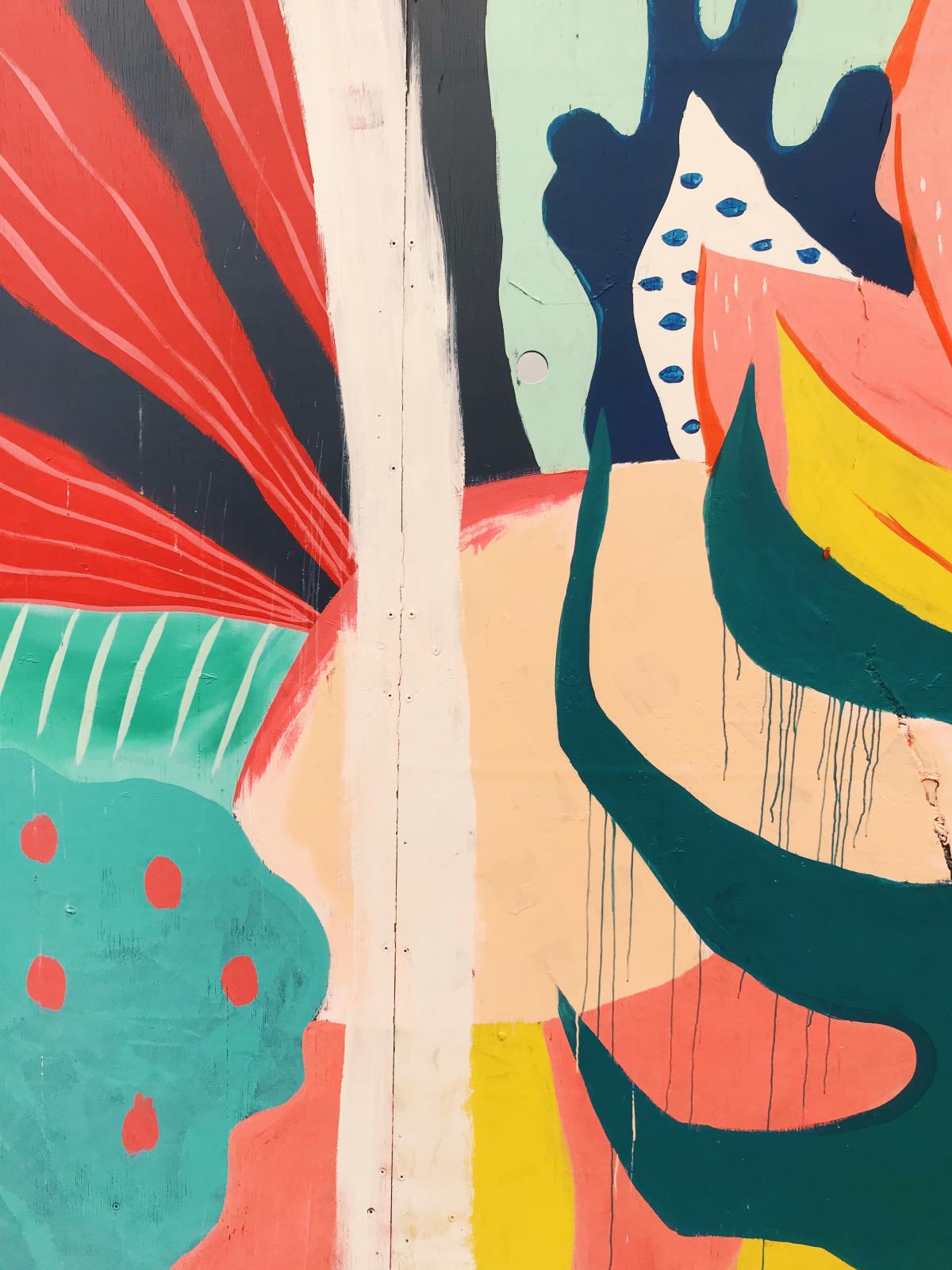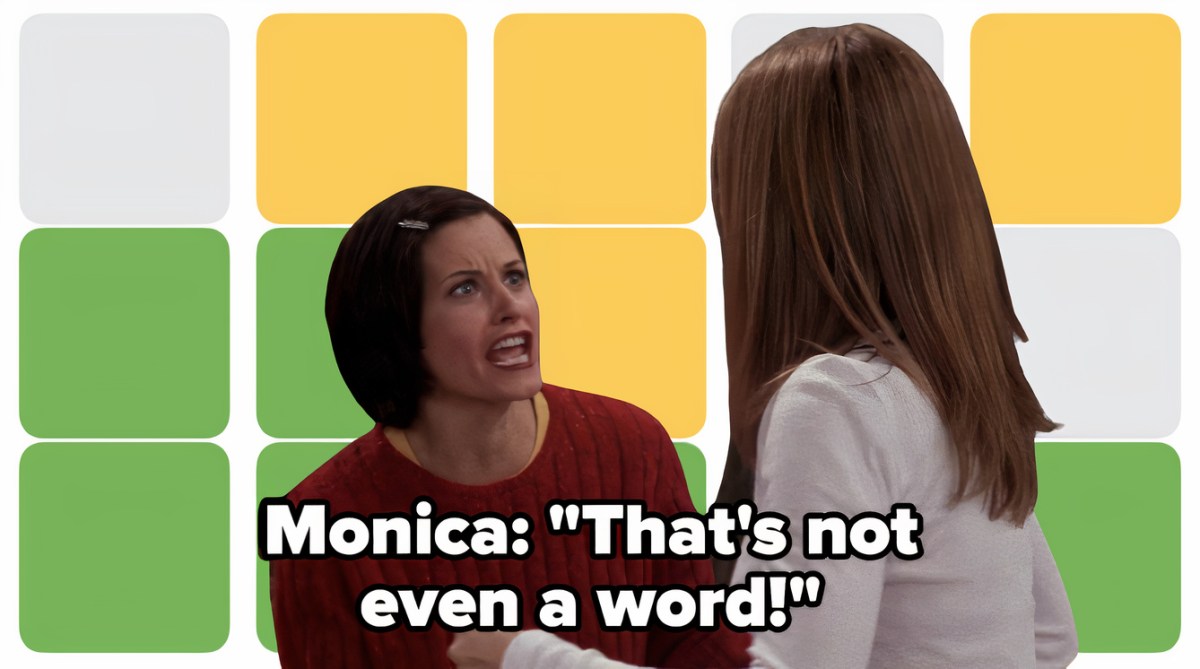In the wake of the recent hearings at the Delhi High Court, the question of criminalizing marital rape is once again revived in the public sphere. Currently, exception 2 under section 375 of the Indian Penal Code protects the sexual intercourse or sexual acts by a man with his own wife provided the wife is not under eighteen years of age (this age was earlier fifteen years but was modified to eighteen years by Supreme Court in Independent Thought versus Union of India). The exception presumes that marital consent is equivalent to sexual consent, the latter being a legitimate legal defence against the offence of rape. Consent in law refers to an unequivocal voluntary agreement when the woman by words, gestures or any form of verbal or non-verbal communication, communicates a willingness to participate in the specific sexual act. By doing away with the condition of sexual consent between husband and wife, the law and the society are inclined to believe that sex is central to conjugal relations and married men have a right to it regardless of their wife’s choice. To deny women this choice, the law ensures that the fictive institution of marriage and the men in it are protected at the expense of the life and dignity of women, for whom the law was supposedly enacted in the first place.
Holy matrimony has been accorded protection in both religious personal laws as well as laws codified since colonial times. The common law doctrine of coverture while explicitly obsolete in the twenty-first century, still covertly influences the rationale of many judgments passed in matters of conjugality. The doctrine states that the husband and wife are one person after marriage. As romantic as it may sound, it has resulted in the legal existence of women being suspended during the marriage, or at least consolidated into that of the husband: under whose protection, and cover, she performs everything. As recently as the early 2000s, this doctrine prevented daughters from becoming successors in their ancestral assets as they were legally considered the property of their husbands after marriage. Similarly, several women welfare legislations such as the Domestic Violence Act were passed only a few decades ago even though women have been abused in their matrimonial homes for centuries through well-known practices like sati.
Following suit, the insensitivity of the laws on rape is an obvious repercussion of a highly patriarchal society. Arbitrary punitive standards set for the offence of rape disregard the very personhood of a woman. The sentence for punishment of a convicted rapist is not dependent on the physical and mental injury of the woman but instead relies on the status of the woman – single, married, separated or minor. A woman in a live-in relationship can file charges of rape against her male partner while a wife cannot claim any relief against marital rape. Similarly, a seventeen-year-old wife can allege rape though a wife of age eighteen years cannot. To add to this inconsistency, a larger sentence of punishment (seven or more years) is awarded in case of the rape of an unmarried woman as opposed to the rape of a separated wife by her husband (two to seven years).
The law not only demeans the autonomy of women within matrimony, it also bifurcates desires into those that are acceptable in our society and those that aren’t acceptable. The boundaries of the laws on rape, sexual harassment and other sexual abuses demarcate good versus bad, pleasurable versus disgusting and right versus wrong desires. Ironically, the good, pleasurable and right desires that require no interference from the law are almost always heterosexual, matrimonial and endogamous in nature. With such a legal and social framework, alleging marital rape is deemed to be as good as conjuring an impossible event that serves no social good but destroys the divine contours of matrimony.
Those blinded by their faith in marriage seldom concern themselves with the idea that the act of rape in general, is a severe violation of the bodily agency and dignity of a woman. Several judgments have upheld the offence of rape as an infringement upon a woman’s right to live with personal liberty and dignity under Article 21 of the Indian Constitution. The Privacy Judgment of 2017 also affirmed the view that refusing to participate in sexual activity is a part of the right to personal liberty under Article 21 of the Constitution. Undermining the gravity of the physical and psychological harm in rape, men’s rights organizations are instead panicked that criminalizing marital rape may open the floodgate of false charges against husbands. An argument like this holds little legal value when separate provisions already exist to deal with false criminal charges. Moreover, in Indira Jaising v. Supreme Court of India, the Supreme Court has observed that “the possibility of misuse cannot be a ground for holding a provision of the Statute to be constitutionally fragile”. Several government surveys publicly released over the years have also highlighted how abysmally low percentages of women report any form of domestic violence, let alone sexual violence by the husband. It will be a feat of its own if women muster the courage against societal shame and stigma to report marital rape when it is criminalized. A hue and cry over misuse of the law is indicative of the fears that stem from a woman being able to make use of the law in the first place. At present, married women have access to alternative reliefs in the form of compensation or grounds for divorce in instances of marital rape. However, the remedies are not only inadequate punishments for marital rape, they also conflate the several types of oppressions that different marginalized married women face in our patriarchal society. As long as the fiction of matrimony is revered at the expense of women, their lives, their choices and their desires, no women welfare legislation would achieve the justice it claims to. We must strive to make laws in legislature, in courts and in societies that serve women as they are beyond their societal and marital roles of wives, daughters, mothers and sisters.
Shreyashi Sharma works as an Assistant Manager at Centre for Studies in Gender and Sexuality, Ashoka University. She is trained as a lawyer with litigation experience on issues of gender violence. Alongside other things at the CSGS, she is enthusiastic to focus on the questions raised by the entanglements of law with gender and sexuality. You can find her on Instagram, Facebook and Twitter.
Picture Credits: Tom Chen / Unsplash
We publish all articles under a Creative Commons Attribution-NoDerivatives license. This means any news organisation, blog, website, newspaper or newsletter can republish our pieces for free, provided they attribute the original source (OpenAxis).










